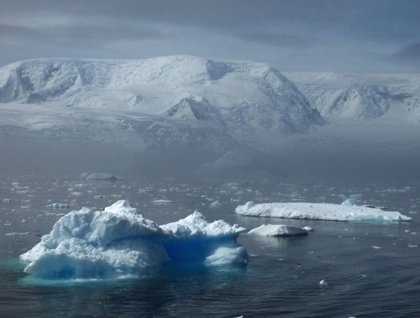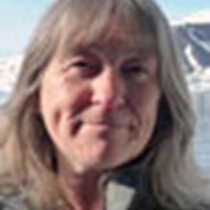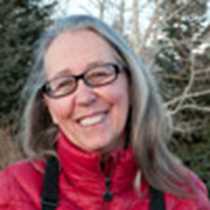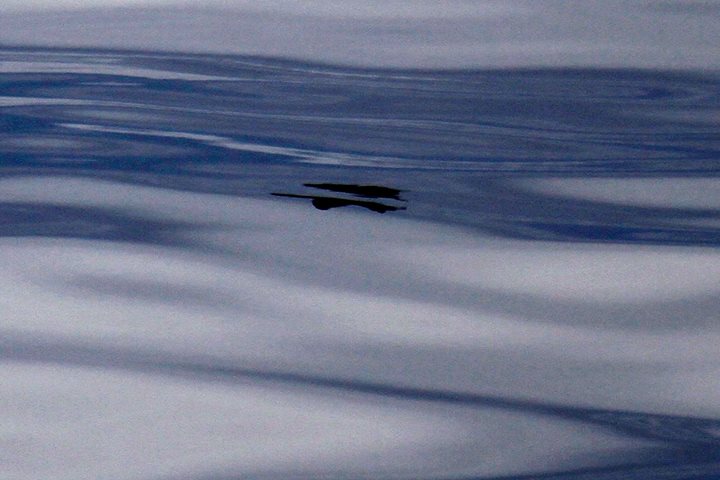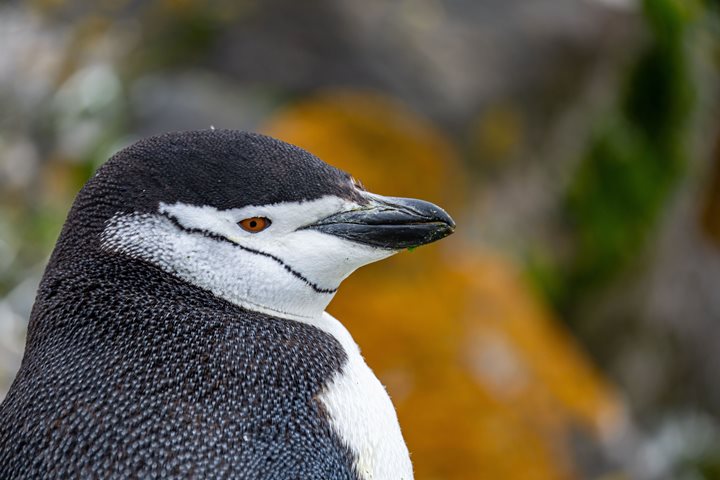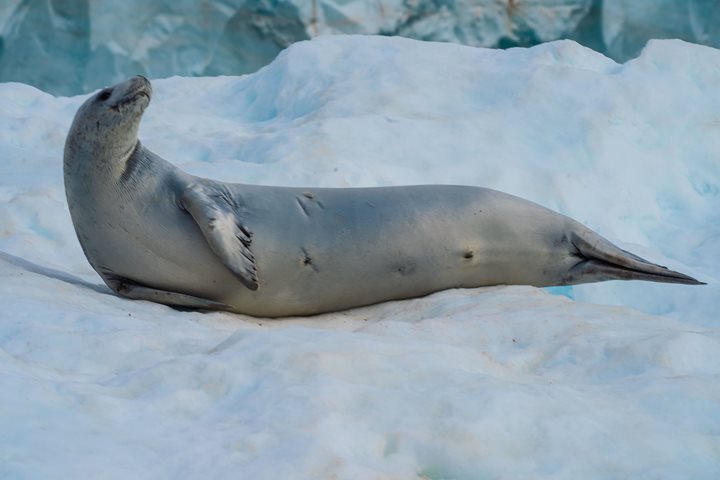This morning we woke to find our Antarctic world shrouded in fog. Captain Martin and his bridge team had manoeuvred National Geographic Orion through the Antarctic Sound and south-westwards along the Davis Coast into Charcot Bay. A special cove off that bay was given the name ‘Lindblad Cove’ in 1995 by the Advisory Committee on Antarctic Names in honor of Lars-Eric Lindblad, the pioneer of expedition travel. This bay was full of beautiful icebergs and, in the perfectly still conditions, it was a joy to cruise amongst them in our Zodiacs, marvelling at how the forces of nature had sculpted the bergs into forms that inspire the imagination. A lone Antarctic tern, snow petrel, or Gentoo penguin was occasionally spotted, but it was the ice, the silence and the eerie foggy atmosphere, which made an unforgettable impression.
After lunch we were treated to a presentation by our National Geographic Photographer Chris Rainier about his mentor and early inspiration Anselm Adams, and his own work with National Geographic. Adams taught the value of pre-visualisation, and of processing the initial photograph to create the ultimate image. The mist continued to tantalise us, fading away and sneaking back in again, so there was space for a timely presentation by Marylou Blakeslee on the nature of ice. We learned how snowflakes formed and how glaciers carve up the landscape, and the secrets of sea ice.
Shortly afterwards, Mikkelsen Harbour hoved into view. This sheltered bay appears to have been named after a whaling captain some time before 1913. It lies on the south side of Trinity Island, named by Otto Nordenskjöld’s Swedish Expedition of 1901-4, just across the Orleans Strait from the Davis Coast. A colony of Gentoo penguins were nesting near our landing spot, clustered around an Argentinian refuge hut, and their rapidly growing fluffy grey chicks made a delightful picture. A short trudge across the snow brought us to half a dozen dozing Weddell seals hauled out on the slope, and then to the remains of old waterboats and whale bones scattered on the beach. One hundred years ago, Norwegian and other whalers came to these waters looking for a rich harvest from the sea. They worked from factory ships, independently of any shore station, using catcher boats to catch and tow the whales, and wooden rowing boats, the early 20th century equivalent of our Zodiacs, for ship to shore transport. The evidence of the mouldering bones was a reminder of the profound impact our exploitation had on the right whales and other great whales of the Southern Ocean. Just offshore, our cruising Zodiacs were rewarded with great views of a leopard seal hauled out on an icefloe, confident in its status as top predator amongst the seals.
The day was not over, however, as, on return to the ship, we were invited to take part in the Polar Plunge! Thirty-four brave souls like eager penguins leapt into the frigid water for a truly breath-taking Antarctic experience.

